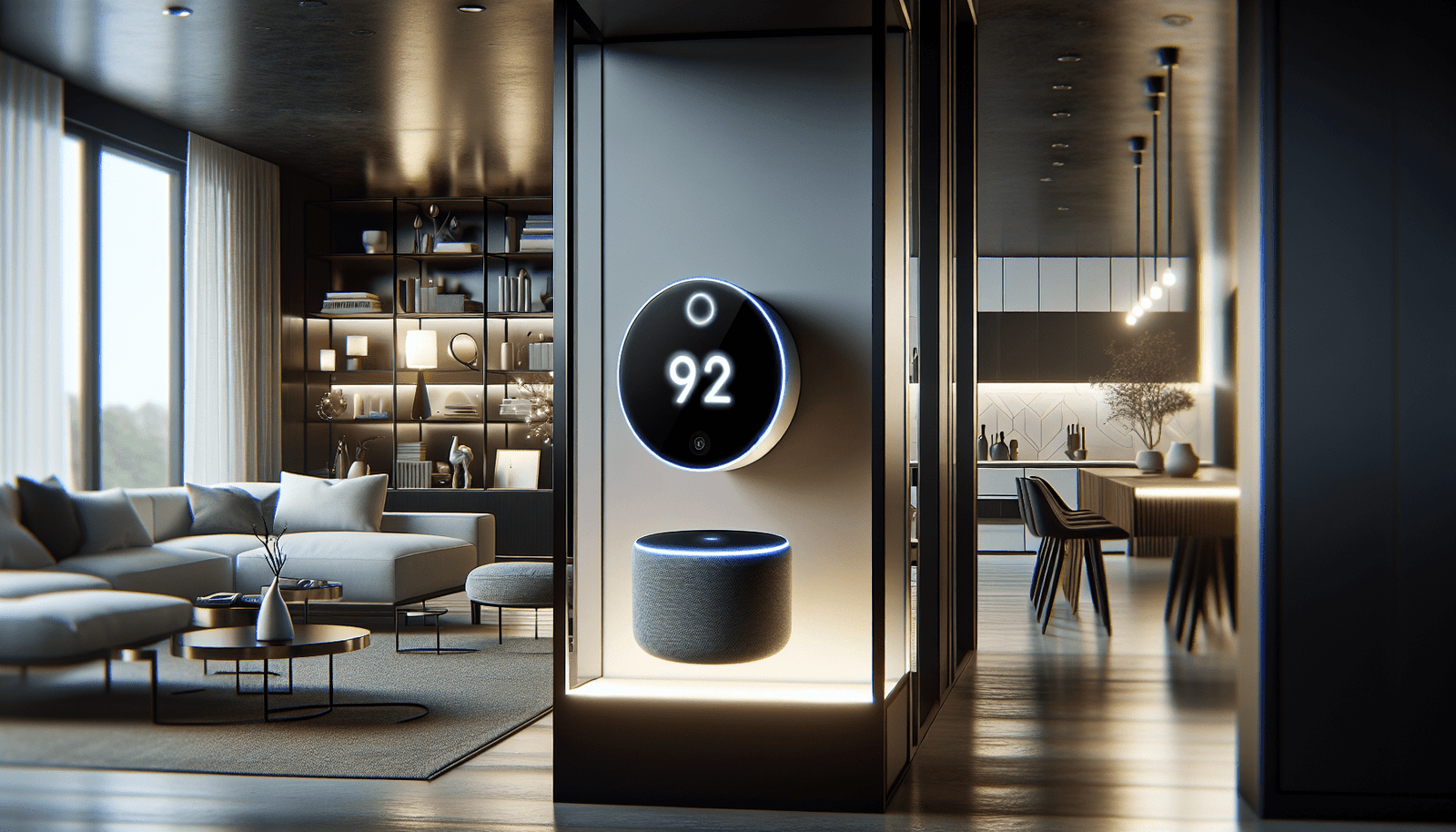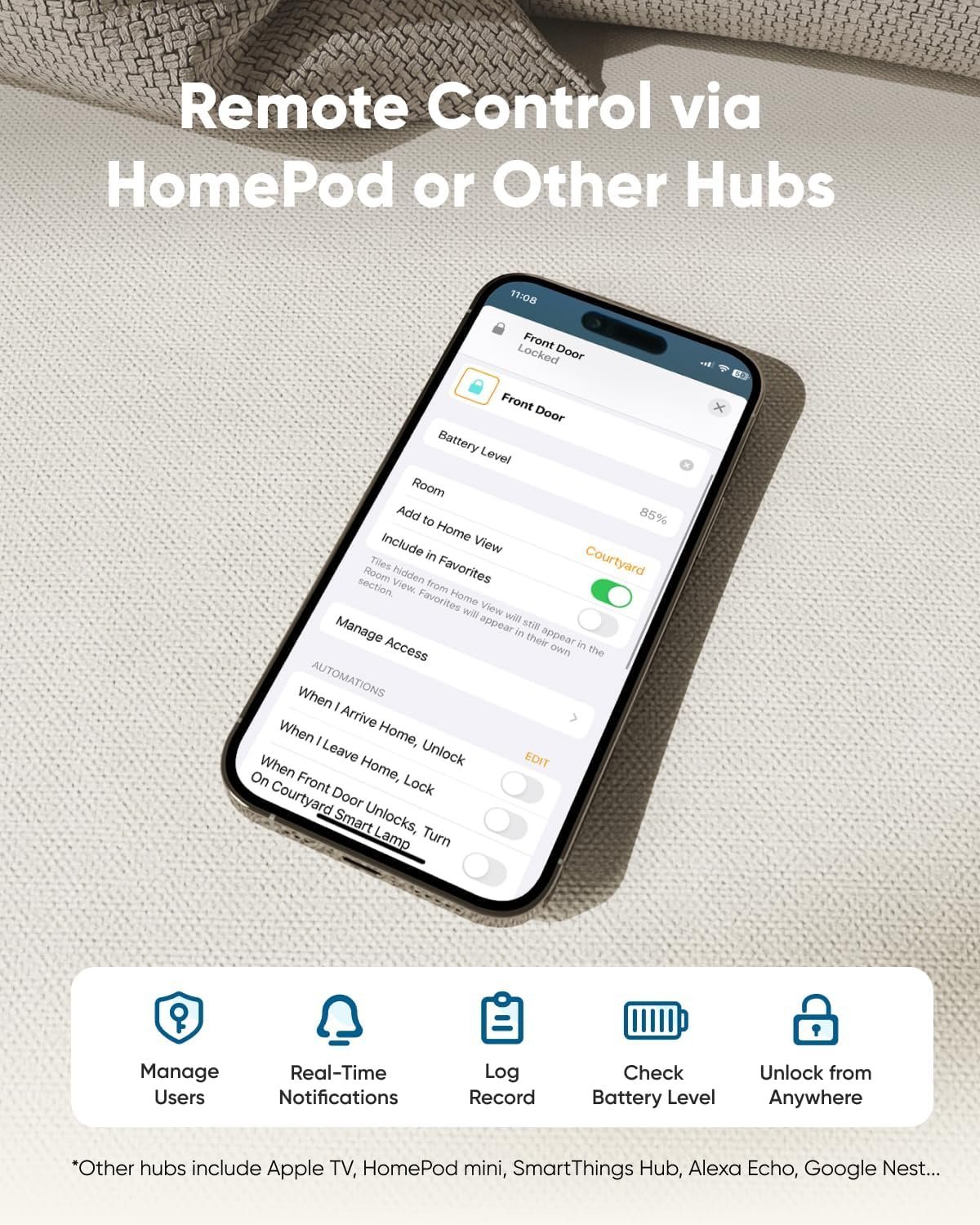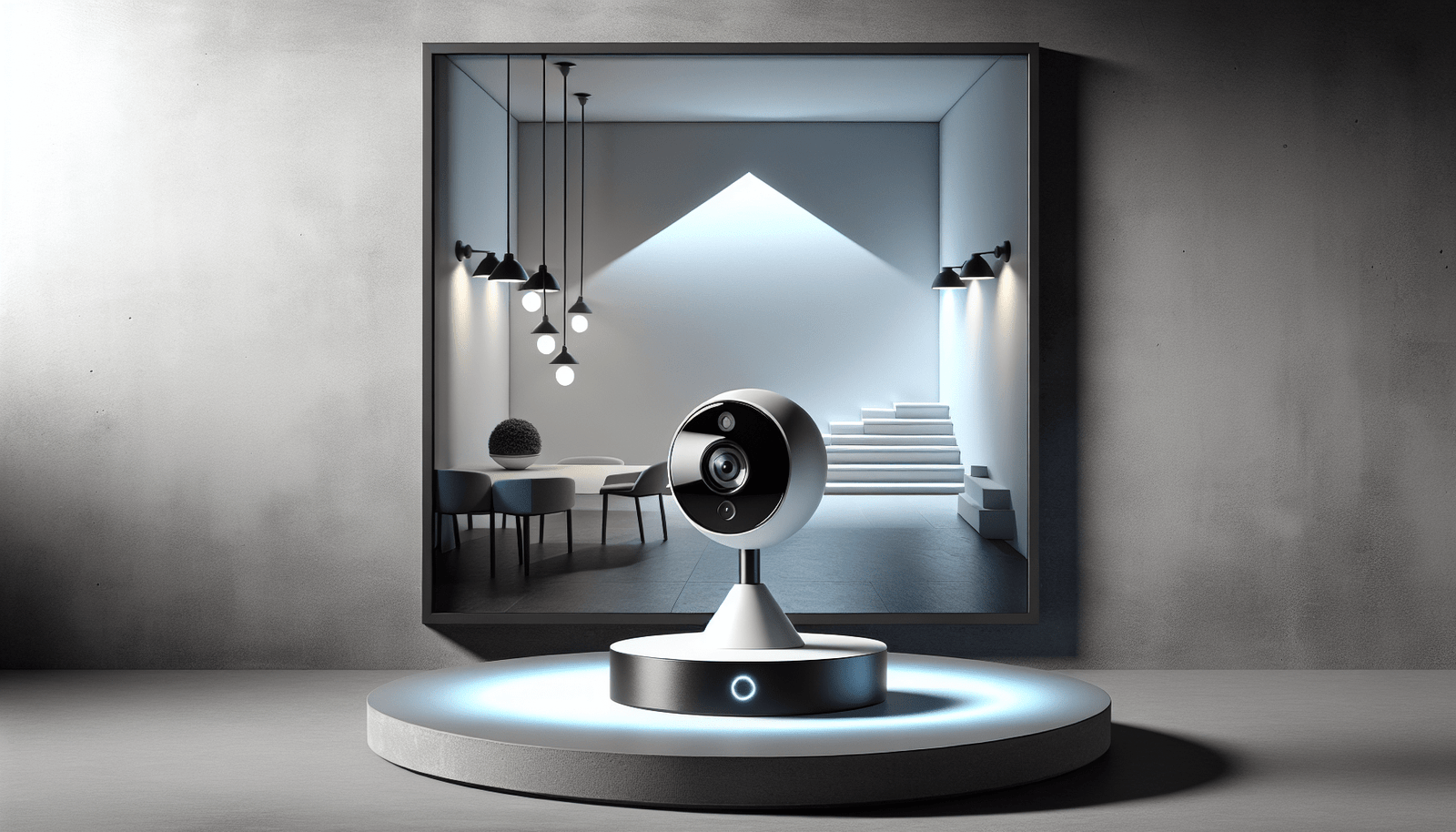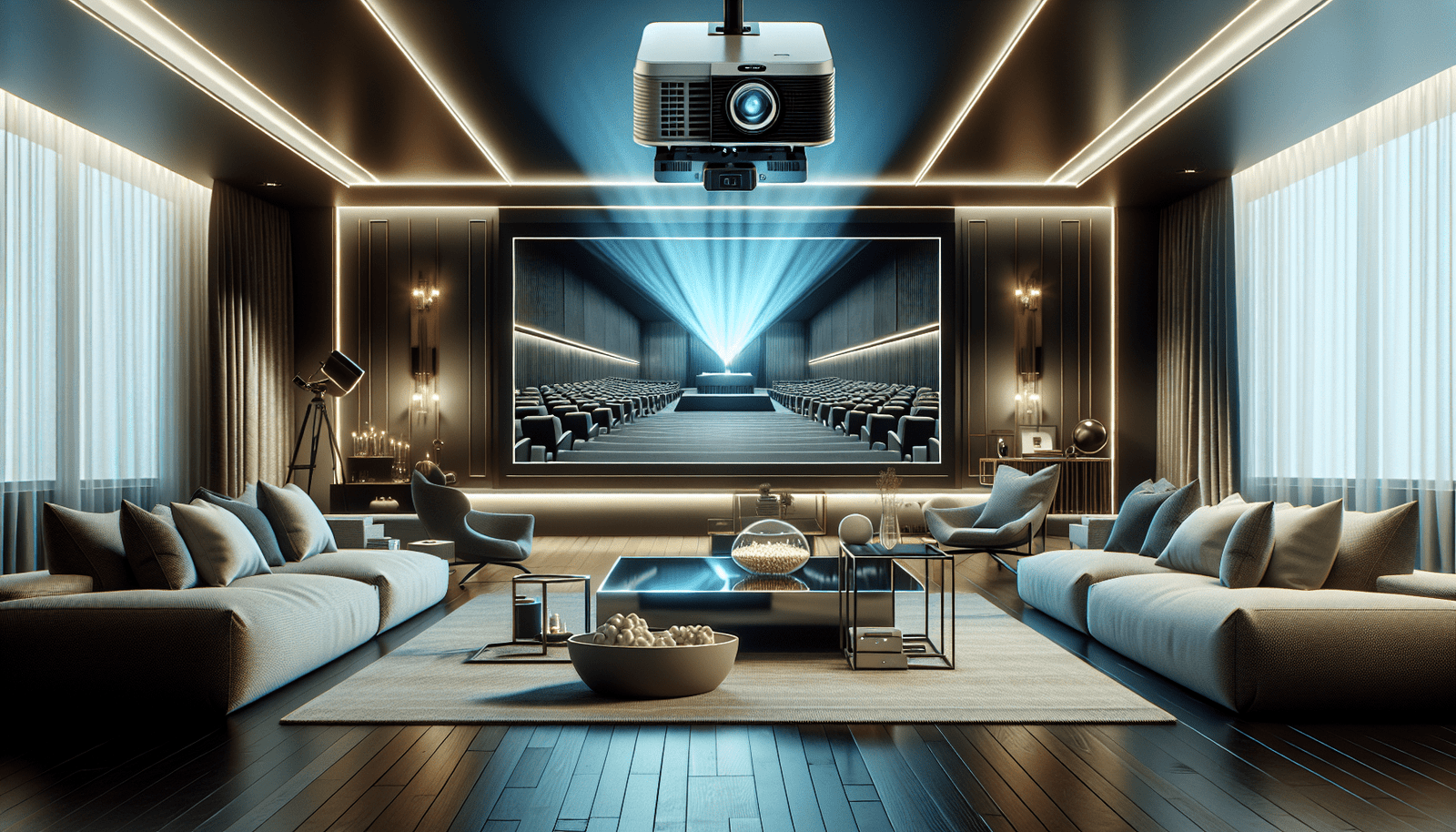Have you ever wondered how the latest innovations in smart camera technology are shaping the future of home surveillance? It’s a rapidly evolving field, and staying informed can help you make the best decisions for your home security needs. Let’s explore what’s happening in the world of smart home surveillance and how it can impact your life.
Understanding Smart Security Technology
When talking about smart security technology, we’re referring to a range of devices like security cameras, doorbells, and sensors that use internet connectivity to provide advanced monitoring capabilities. These devices often come with features such as AI-powered motion detection, two-way audio, and cloud storage, making them far more sophisticated than traditional systems.
How Does Smart Home Surveillance Work?
Smart home surveillance relies on the Internet of Things (IoT), which allows devices to communicate with each other through your home network. Cameras can send alerts to your smartphone or laptop, letting you monitor activity in real-time, whether you’re at work, on vacation, or just in another room.
Comparing Brands and Features
Choosing the right smart security device can be overwhelming with so many options available. To simplify your decision-making process, let’s compare some of the top brands and features.
Popular Brands
-
Ring: Known for its video doorbells and versatile cameras, Ring is a popular choice for homeowners. Key features include night vision, customizable motion zones, and integration with Amazon Alexa.
-
Arlo: Arlo offers wire-free cameras that are ideal for users looking for flexibility in placement. Arlo cameras are appreciated for their advanced AI features and excellent video resolution.
-
Nest: Owned by Google, Nest cameras integrate seamlessly with other Google Home products. They come with features like person detection, continuous video recording, and a sleek design.
Key Features
AI-Powered Motion Detection
AI-powered motion detection is a standout feature in many smart cameras. It reduces false alerts by distinguishing between trivial movements, like a waving tree branch, and meaningful ones, such as a person approaching your door.
Two-Way Audio
Two-way audio allows you to communicate with visitors or intruders through your smart camera. It’s especially useful for interacting with delivery personnel or deterring potential threats.
Night Vision
Night vision extends the camera’s capabilities in low-light conditions. Most modern cameras use infrared technology to provide clear video even in the dark.
Cloud Storage Options
Storing video footage in the cloud provides reliable access and security. Some services offer free limited storage, while others require a subscription for extended storage or premium features.
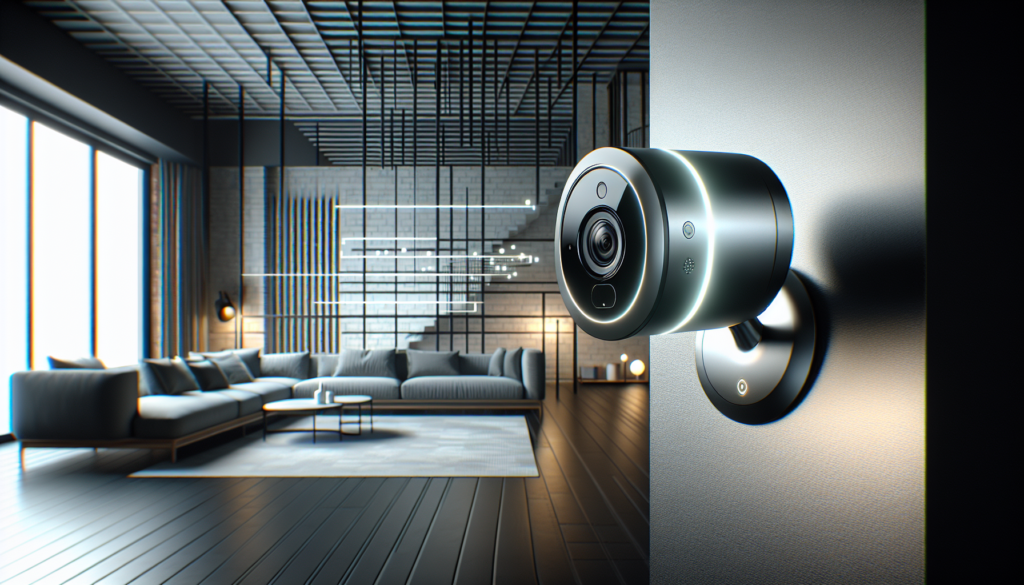
Practical Tips for Setup and Maintenance
Getting the most out of your smart security system requires careful installation and regular maintenance.
Step-by-Step Installation Guide
-
Choose the Right Location: Ensure your camera covers key entry points, like doors and windows, and has a clear view.
-
Check Wi-Fi Strength: A strong Wi-Fi signal is crucial for seamless operation. Consider using range extenders if needed.
-
Mount and Power: Follow manufacturer instructions for mounting. Choose between wired or battery-powered options based on your preferences.
-
Configure Settings: Use the companion app to adjust settings like motion detection sensitivity and notification preferences.
Troubleshooting Common Issues
-
Connectivity Problems: Restart your router and check device signals. If issues persist, consider repositioning your devices closer to the router.
-
False Alerts: Adjust motion detection zones and sensitivity to minimize unnecessary alerts.
-
Battery Drain: For battery-powered devices, ensure that they’re not in a location with excessive activity that triggers frequent recordings.
Addressing Security and Privacy Concerns
With advancements in technology, concerns about privacy and data security have become more prominent. Here’s how you can protect your systems:
Protecting Your Devices Against Hacking
-
Use Strong, Unique Passwords: Avoid default settings and create secure passwords for all devices and networks.
-
Enable Two-Factor Authentication: This adds an extra layer of security by requiring a verification code in addition to your password.
-
Regular Firmware Updates: Keep your devices up-to-date with the latest security patches provided by manufacturers.
Privacy Considerations
While smart cameras enhance security, they can also feel intrusive. Be mindful of their placement and ensure they’re not invading the privacy of family members or neighbors.
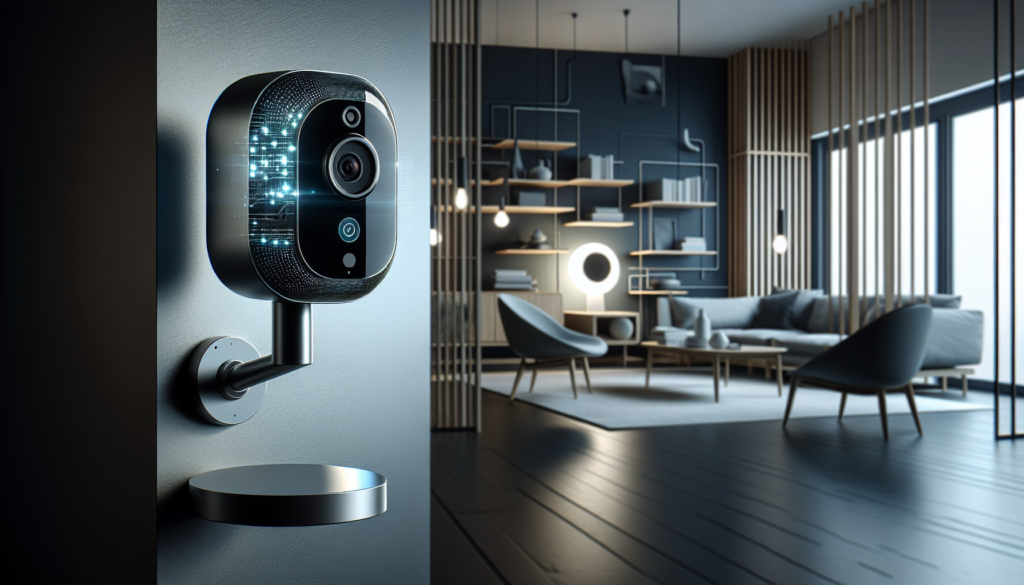
Emerging Trends and Future Innovations
The future of smart home surveillance is exciting, with several trends and innovations on the horizon.
Integration with Home Automation
Smart cameras are increasingly compatible with home automation systems, allowing for seamless integration with other smart devices like lights, door locks, and thermostats.
AI and Machine Learning Advances
Enhanced AI capabilities and machine learning algorithms are being developed to improve threat detection accuracy and reduce false alarms, making systems more reliable.
Use of Edge Computing
Instead of relying solely on cloud processing, some systems now use edge computing to analyze data locally, offering faster responses and heightened privacy protections.
Enhanced Cybersecurity Measures
As cyber threats evolve, so too do the defenses. Expect to see improved encryption methods and security protocols in new devices to counteract potential breaches.
Real-Life Examples: Smart Security Systems in Action
Exploring real-life scenarios can provide practical insights into how smart security systems benefit homeowners.
Case Study: Improving Security in a Suburban Home
The Gonzales family installed a mix of Ring cameras and smart doorbells, enhancing security with AI motion detection that alerts them to unusual movements. The system helped prevent a potential burglary when it notified them of suspicious activity near their back entrance.
Case Study: A Renter’s Perspective
Living in an apartment, Sarah opted for Arlo’s wire-free cameras for flexibility and ease of removal. The cameras provided peace of mind while also offering a non-permanent setup that she could take when she moved.
Integrating Smart Security with Home Automation
Integrating smart security devices into an existing smart home ecosystem can enhance convenience and security.
Setting Up Home Automation
Smart cameras can be programmed to interact with other devices. For example, setting lights to turn on when motion is detected can deter intruders effectively.
Compatibility with Virtual Assistants
Amazon Alexa, Google Assistant, and Apple HomeKit can voice-control compatible cameras, allowing hands-free access and seamless operation in your smart home setup.
Smart Security adoption: Statistics and Effectiveness
Let’s look at some data on the adoption and effectiveness of smart security systems.
- As of 2023, approximately 41% of U.S. consumers report having at least one smart home device, many of which include security cameras.
- Homes equipped with such systems are 300% less likely to be targeted by burglars, providing significant peace of mind.
FAQs: Responding to Common Questions
How do smart security cameras affect home insurance premiums?
Some insurance companies offer discounts for homes equipped with qualifying security systems, potentially lowering your premiums.
Are smart cameras difficult to install?
Many smart cameras are designed for self-installation and come with step-by-step guides that make setting up straightforward, even for beginners.
Can smart cameras record continuously?
Yes, some models offer continuous recording, but this often requires a subscription plan.
What happens to footage if there’s no internet connection?
Smart cameras generally store footage locally until connectivity is restored, after which they upload the data to the cloud.
How secure are smart camera systems against hacking?
When set up properly with strong passwords and security settings, smart cameras offer robust protection against unauthorized access.
Conclusion
The future of home surveillance is rapidly advancing with smart camera technology at its center. Understanding these innovations can empower you to make informed decisions that bolster your home security while navigating privacy and cybersecurity considerations gracefully. Whether you’re a homeowner, renter, or tech enthusiast, embracing these advances ensures you’re prepared for the modern age of home protection.
Disclosure: As an Amazon Associate, I earn from qualifying purchases.


